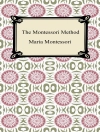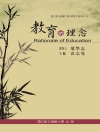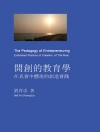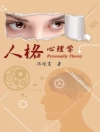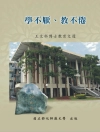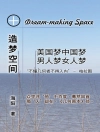Truth, What is it Good For?: Using the Power of Enlightenment to Improve Academic Performance
By Bryan L. Steele
Unlock the secrets to academic success, personal enlightenment, and intellectual growth with Truth, What is it Good For? This groundbreaking book by Bryan L. Steele offers a transformative approach to learning, designed for students aged 16 and up-whether preparing for college, tackling Advanced Placement exams, or excelling on the LSAT.
At the heart of this book is a revolutionary 95-step learning model that reshapes how we think, process information, and approach challenges. By exploring the nature of language and its role in defining truth, Truth, What is it Good For? equips readers to differentiate between physical and non-physical ideas. This understanding empowers students to navigate complex concepts, critically assess information, and achieve better academic performance.
Steele connects each of the 95 steps to current events and real-world applications, making abstract ideas practical and relatable. Whether delving into the hidden forces behind human perception, systems theory, or the dynamics of change, readers will find a wealth of insights to enhance their intellectual toolkit.
Expand Your Learning with the Companion Podcast
To bring the lessons to life, Steele offers a daily podcast series that dives deeper into each of the 95 steps. Packed with actionable tips, engaging discussions, and real-world applications, the podcast provides a dynamic supplement to the book. Perfect for on-the-go learners or those seeking additional guidance, this companion resource makes every concept accessible and easy to integrate into daily life.
Key themes include self-knowledge, critical thinking, systems theory, language, logic, and epistemology. Through a strong focus on context, the book examines how perception is influenced by language and human nature, offering readers a roadmap to better self-awareness and sharper reasoning skills. Steele’s engaging approach not only enhances academic success but also empowers readers to design innovative systems for personal and societal improvement.
More than just a guide for academic performance, Truth, What is it Good For? is an intellectual journey that challenges how we perceive, process, and apply knowledge. It bridges the gap between theoretical concepts and practical application, making it ideal for students, lifelong learners, and anyone eager to unlock their full potential.
Whether you’re aiming for better grades, preparing for college, or striving for self-improvement, this book offers a unique pathway to enlightenment. With its innovative blend of epistemology, practical strategies, and real-world examples, Truth, What is it Good For? delivers tools for success in academics-and life.
Are you ready to embark on this transformative journey?
Spis treści
About the Author
Introduction
Chapter 1: Learning and Social Organization, a tale of two practices as one
Chapter 2: Change is Constant
Chapter 3: Self-knowledge
Chapter 4: The Rules of Discovery
Chapter 5: Systems Theory
Chapter 6: Human Nature
Chapter 7: Information Flow
Chapter 8: Language Theory
Chapter 9: Logic
Chapter 10: Propaganda
Chapter 11: Conclusion
Game Glossary
Game Rules
O autorze
Senior Graphic Designer Ascend Learning / Jones and Bartlett Learning Oct, 2011 – Nov, 2023I lead book design for an educational publishing company with an international audience that produces 800 to 1000 titles a year. I’ve helped create a very careful production environment, and I maintain the archive for the many assets related to each of these titles. I work with a large cross-functional team on creative development, design ideation, digital release, print release, and quality control. I also design and produce print and digital marketing campaigns. I solicit and respond to queries for marketing opportunities, and bring them from development through delivery, whether that be for print or digital outreach. I design and produce event and trade show signage, displays, swag, and related advertisements.Design Manager Pearson Education Jun, 2003 – Nov, 2009I hired, trained, and managed a team of four designers. I directed vendors, compositors, photographers, researchers, illustrators, and freelancers. I forecasted budgets for complex projects, and managed bid requests, proposals, and contracts. I developed interdependencies and processes with nearly every department in the business for a new department. We touched over 5, 000 ISBNs a year, over half of Pearson’s K-12 list, so organization, process, and communication were critical to our success.


